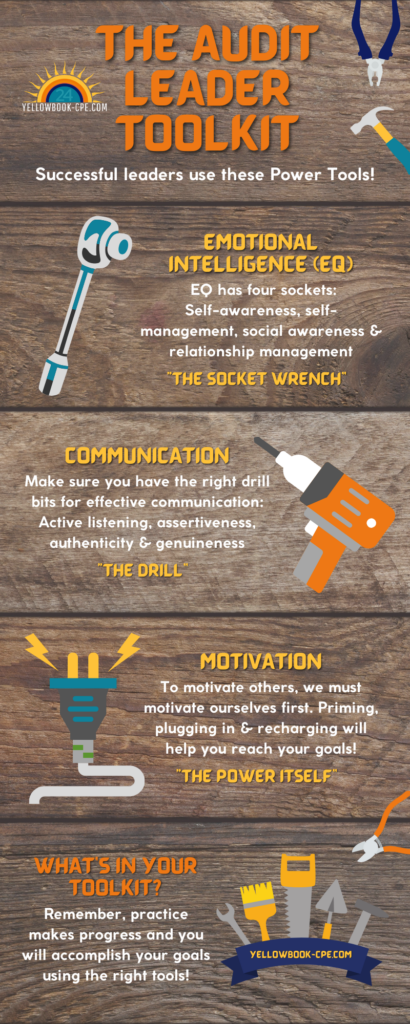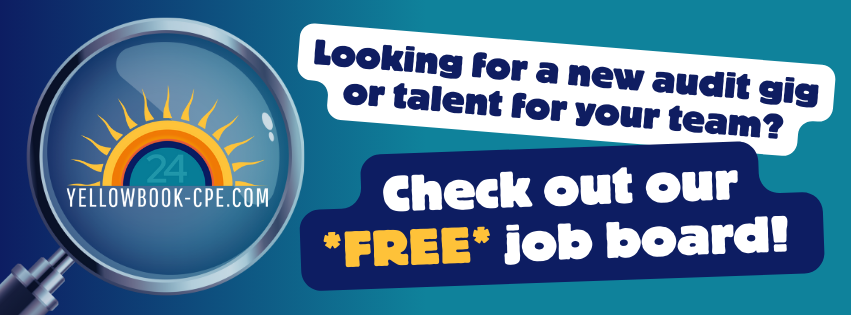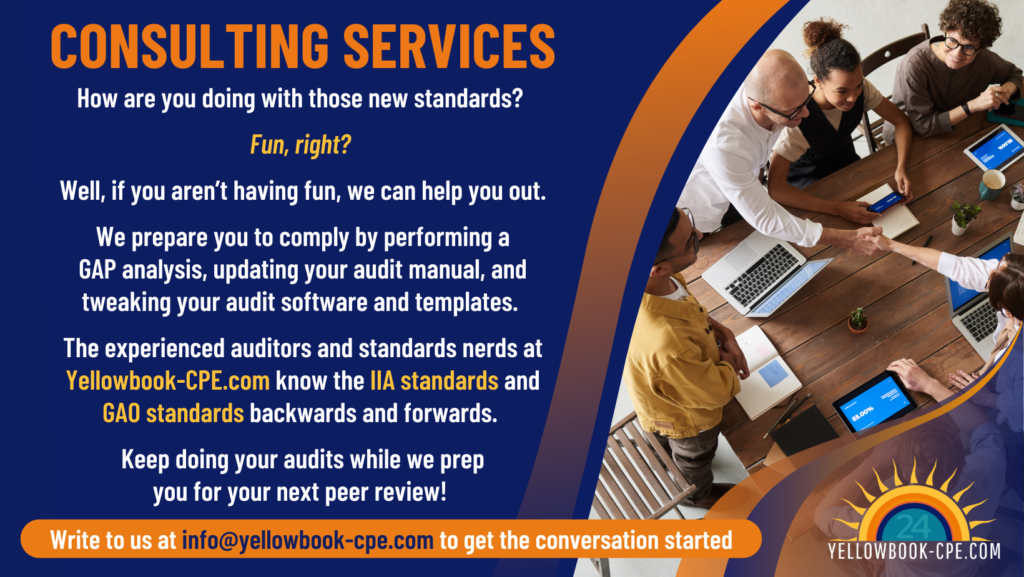Special thanks to our featured speaker, Clint Reese, for providing this valuable information on what you need for a successful audit leader toolkit.
Is it better to be a manager or a leader?
For better or worse, most would say, “leader,” and for good reason. The ability to truly lead people is a rare and invaluable gift, especially in positions of authority at our workplaces. However, the fact is you must be BOTH an effective manager and an effective leader.
In most organizations, the path to a leadership position is as unique as the person walking that path. Regardless of how one achieves that position, the leadership tools needed are often set aside. The top priorities are the measurements, requirements, and metrics of productivity. This thinking is backwards and broken.
While in the staffing, recruiting, and ‘headhunting’ industry, I had the opportunity to work with numerous hiring managers. This provided me with an interesting perspective on their leadership abilities based on the candidates they wanted to join their organization or team. After interviewing hundreds – if not thousands – of candidates for those positions, it helped gain insight into what they sought in their next position, their ideal company culture, and the type of leader they vibed with on a personal level. The overall experience proved to be quite educational.
Having trained, coached, mentored, and consulted with leaders and companies of all shapes and sizes, I can say with great confidence that, relative to leadership, I know what tools need to be in a leader’s toolkit.
The ‘Power Tools’ of the audit leader toolkit
 While there is myriad tips, tricks, strategies, and nuance, I’ve narrowed it down to three items I refer to as the ‘Power Tools’:
While there is myriad tips, tricks, strategies, and nuance, I’ve narrowed it down to three items I refer to as the ‘Power Tools’:
- Emotional Intelligence
- Communication
- Motivation
I ask you to forgive the following corny toolkit metaphors. They’re a great way to package a thought process, but that doesn’t make it any less cheesy. You know the drill! (Pun intended)
Power Tool 1: Emotional Intelligence aka EQ – ‘The Socket Wrench’
With the meteoric rise of Emotional Intelligence to the mainstream, every day, ethos of humanity, there is a lot of misunderstanding about what EQ really is, how it works, and why it is so important. We associate EQ with kindness and compassion. While that is certainly a part of it, those are personality traits, and only sockets sitting on the convoluted foam of the toolkit. (Wow! What a metaphor, right?)
EQ starts with introspectively answering what, why, and how of our emotional selves. What are we feeling? Why are we feeling it? How do we manage those feelings? These are the first two tenets/sockets of EQ: Self-Awareness and Self-Management.
Once we’ve mastered those two skills, we mirror that process and implement it for those around us. What are they feeling? Why are they feeling it? How can I positively impact their feelings? These are the third and fourth sockets: Social Awareness and Relationship Management.
Whether you fly solo on your audit project or manage and lead a large team, the skills of Emotional Intelligence are monumentally important and apply to projects of all sizes and scopes.
However, this tool doesn’t just stay at the jobsite. A high level of EQ makes a person a better friend, spouse, parent, sibling, and has an impact on every relationship and interaction we have.
Power Tool 2: Communication – ‘The Drill’
It is often said that the skills of communication and listening are directly proportionate to the quality of our lives. At least, that’s what I think they said… I wasn’t really paying attention.
Only kidding!
When establishing teams for projects, like many audits, communication is paramount. Understanding an individual’s communication style and the ability to quickly adapt to it is critical. You just need the right ‘drill bits.’
Active Listening is drill bit number one.
Most of us have likely heard of reflective listening. While that is important, it is just a dumbed down version of active listening.
While deepening relationships, focusing conversations on the subject and communicator so they feel heard and valued is not an easy skill to learn. By nature, our brains are chatty and our impatience often muddies our conversations, possibly damaging our interpersonal relationships. Asking questions with built-in paraphrasing, relating without agenda, and being purposeful with advice is the name of the game. It’s a tough one to play, for sure.
Assertiveness is drill bit number two.
If you claim to or been told you “shoot from the hip,” “say what you’re thinking,” or ‘don’t hold back,” that’s not necessarily a good thing. We all say what we’re thinking. That’s how speech works: Think it, say it.
Some just have kinder thoughts than others. If you are passive, get run over a lot, say “yes” too often, and stress yourself out by taking on more than you can handle, then you have a recipe for disaster and burnout. All in the misplaced name of an avoidance of conflict or confrontation, of course. True assertiveness comes from an understanding you’re not trying to win a fight. Instead, you’re trying to not lose your sense of pride.
This simple 4-Step process or flow of thought can be your guide to more assertive, effective, and respectful communication: I See, I Feel, I Want, I Need
Authenticity and Genuineness are the final bits.
The prevalence of fraud (poetic, no?) and the haze of fake around us is numbing. Genuine and authentic individuals who communicate in this way are refreshing and stand out in the crowd. Consequently, jargon and business speak as part of our ‘work-selves’ serves only to deepen feelings of Imposter Syndrome, inch us closer to burnout, and stop us from enjoying what makes being a leader rewarding: Great relationships with people. After all, no relationships means no followers, and no followers means you’re not a leader.
End of story.
Power Tool 3: Motivation – ‘The Power Itself’
What compels certain people to do more, be more, and achieve more than everyone around them? Why do some people work hard by default and others can’t be bothered to even care about what they’re doing? As a leader, how do you recognize the difference and know how to promote one behavior and compel the other to change?
These are not easy questions. In fact, they become nearly impossible to answer if we don’t feel the spark within ourselves. To motivate others, we must first find the power to motivate the person in the mirror.
Priming
Jumpstart your day in a way to prime you for success and prepare you for what internal or external challenges may present themselves. For example, exercise, meditation, prayer, journaling, etc. are a few ways to rev up for the day ahead.
Plugging In
With the wrench and the drill in your belt, you can step into your power and recognize the emotions of others. Communicate in a way to positively impact their emotions and life, and assertively and respectfully mitigate issues as they arise. When you’re charged up, so is your work, as well as the mentalities of those around you.
Recharge
Either we’re currently experiencing a problem, just resolved one, or are in the brief unrecognizable time between problems. Solving problems is the essence of life. At the same time, knowing how to quickly move through those problems is mental agility work. Do you have a problem? No? Great. Yes? Can you do something about it? Yes? Great. No? To that end, all answers lead to an understanding: You don’t need to worry about it.
Some problems are greater than others, and for that, we will use ‘R3’: Reframe, Refocus, and Respond. With these powerful methods and thoughts, we can power our way through life’s problems without losing our charge or draining others of theirs.
Practice makes progress
If you read through all of that without rolling your eyes at any point, I commend you. As much as this sounds like pun-laden fluff, I can assure you it is not. The most influential, respected, effective, and loved leaders I’ve worked with know exactly how valuable these tools are. As a result of using the tools wisely, they also receive much satisfaction and fulfillment achieving collective goals with their teams.
A brief summary of these skills is helpful, but to actually add them to your toolkit takes practice. Practice makes what?
If you thought “perfect,” I am sorry to tell you that you are wrong. Practice makes progress. A little better each day, that’s the real goal, and it’s an achievable goal provided you have the right tools.
Thank you for reading!
Want to learn more about the Audit Leader Toolkit?
After that, you probably have a lot more questions. Join Clint Reese as he presents a 2-hour live CPE webinar on February 13 called The Audit Leadership Toolkit. Topics include emotional intelligence, assertiveness, motivation, active listening, business speak and more. Some of those skills may already be present in your toolkit, but everything needs an audit occasionally, right?
Hope to see you there!





 Yellowbook-CPE.com is registered with the National Association of State Boards of Accountancy (NASBA) as a sponsor of continuing professional education on the National Registry of CPE Sponsors. State boards of accountancy have final authority on the acceptance of individual courses for CPE credit. Complaints regarding registered sponsors may be submitted to the National Registry of CPE Sponsors through its website:
Yellowbook-CPE.com is registered with the National Association of State Boards of Accountancy (NASBA) as a sponsor of continuing professional education on the National Registry of CPE Sponsors. State boards of accountancy have final authority on the acceptance of individual courses for CPE credit. Complaints regarding registered sponsors may be submitted to the National Registry of CPE Sponsors through its website: